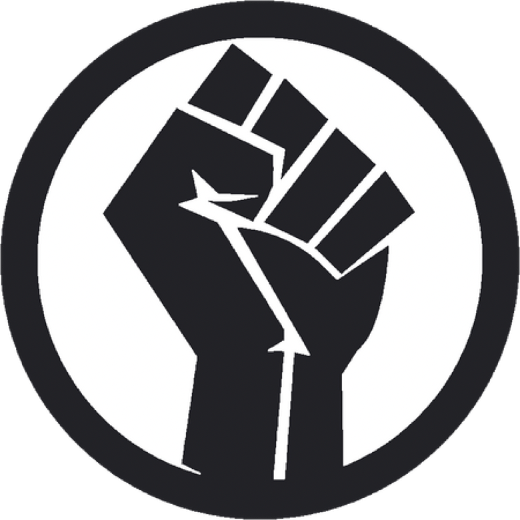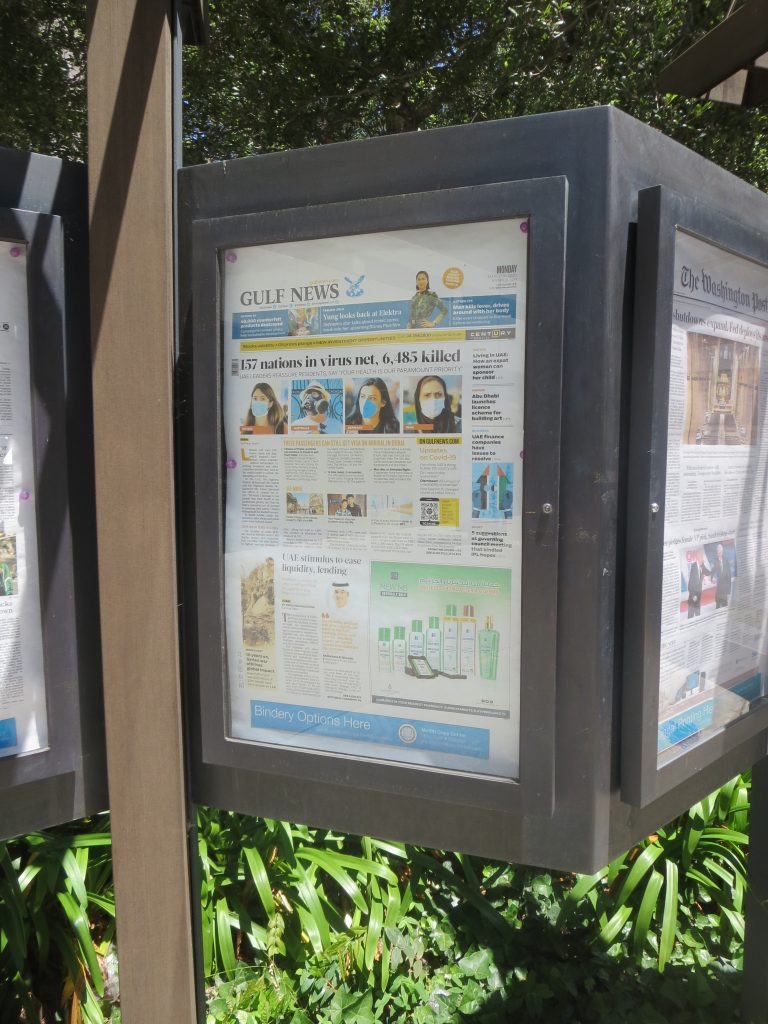Dr Niamh Cullen
Lecturer in Modern History
16/06/2020
Over the last few months, for obvious reasons, I’ve been thinking about the 1918 flu pandemic. Although I’ve written a book about the 1920s and I teach the history of inter-war Europe, the 1918 flu pandemic is not an event that I had thought or read too much about, up to now. I picked up Laura Spinney’s excellent book, Pale Rider: The Spanish Flu of 1918 and how it changed the World to try and find out more about what she calls the ‘elephant in the room’ of the history of the early twentieth century.
My first book was on the Italian intellectual, journalist and editor Piero Gobetti, one of the earliest and most vocal opponents to Mussolini. He died in 1926 and lived his entire public life in the early 1920s, beginning his career as an editor in November 1918 when he began to publish his first political magazine Energie Nove. It’s been a number of years since I left the 1920s behind and I’ve been working since then on the 1950s and 1960s, but in light of the current pandemic and with the benefit of some distance from the 1920s, I’ve been thinking again about why I never came across any mention of the 1918 pandemic (or just didn’t notice the signs of it?) during my time researching Gobetti and the 1920s.
Gobetti was beginning his career as an editor, intellectual and journalist at a very turbulent time. The war was just over in November 1918, when Gobetti brought out the first issue of his political magazine. Italy was on the side of the victors although the Italian military performance had been pretty disastrous. In the northern city of Turin where Gobetti lived, there was also a lot of social unrest. Turin’s factories had kept the war effort going through the production of armaments although the urban working classes were suffering severe food shortages by the end of the war. Bread riots coupled with the return of resentful, unemployed veterans made for an autumn and winter of social tension, and the widespread feeling that something had to change. Gobetti did not fight in the war himself as he was only barely eighteen when the armistice was signed. He nevertheless had the feeling, like so many his age and a little older, that the impact of the war was so huge that some kind of renewal, or change for the better, had to come out of it.
Although there are no mentions of the Spanish ‘flu in any of Gobetti’s magazines, his published writings nor his correspondence, we know that while he and those of his generation were reeling at the impact of the war and clamouring for some kind of change, there was another killer in their midst. The peak of the pandemic was in autumn 1918, with the particularly lethal second wave raging through the world between October and December of that year. The somewhat milder third wave was in January 1919 while the virus had largely petered out by that spring. It is now estimated that between 50 and 100 million died in the 1918 pandemic, and in Italy the death toll is thought to be somewhere around 300,000. This is close to the figures we have for those Italians who died in combat during the Great War, but the post-war years are filled with endless discussion of the war and barely any mention of the ‘flu pandemic. Why was this?
The reasons may lie partly in the kind of world that people inhabited in 1918. It was one where illness and disease were commonplace enough. People were used to epidemics of cholera, typhoid and flu, while TB and in rural, marshy areas of Italy, malaria, were endemic. The discovery of antibiotics was still several decades away and for many of these illness, there was nothing much that conventional medicine had to offer. Mortality from diseases such as these, especially in childhood, was much more common. For those who survived, long periods of illness and convalescence were to be expected, while many were also left with the long-term effects of their disease. All of this was part of the harsh, everyday brutality of life for so many; Gobetti himself suffered from ill health and died in 1926 from a combination of ill health and injury, after a series of fascist beatings. Antonio Gramsci, the first leader of the Italian Communist Party and a contemporary of Gobetti’s in Turin, also suffered ill health and a long term disability, possibly due to TB. Although the 1918 pandemic was unique in its ferocity, it may have taken some time for this to be understood at a time when death from disease was more sadly ordinary than it is in the twenty-first century.
Death from flu, as Spinney reminds us, was also a private, family affair, with most dying in the home rather than in hospitals. Although it was happening all around them, since each death was individual, it may be that the full collective impact was only appreciated afterwards. The war in contrast was entirely new and different; the use of mechanised warfare, and the sheer scale of the conflict, made it clear to everyone at the time that this was an event like no other. It came with entirely new whole sights and sounds, from mass mobilization and trenches to the sound of rapid machine gun fire. Flu was a more quiet and apparently ordinary killer. I am beginning to wonder though the ‘flu pandemic did play some part, even indirectly, in Gobetti’s thinking. In late 1918 he wrote to another journalist that he wanted his magazine to be a ‘sign of renewal’ in ‘this dead Turin’. Could the lethal virus that was flaring through his city really have no part in this vision of tiredness, disillusion and death? Elizabeth Outka, in her work on the impact of the 1918 ‘flu on literature, found that the imprint of the pandemic ran right through the literature of the 1920s, once you knew where and how to look.
In the final chapter on the memory of the 1918 pandemic, Laura Spinney suggests that while the impact of war is felt and recognised immediately afterwards, it takes much longer for the full shape of a pandemic to emerge from the messy immediacy of history and for its true scale and impact to be appreciated. While the enormity of the Black Death is now well known, it may not have been fully understood at the time or immediately afterwards. However she argues that while the intensity of war fades in collective memory, a pandemic may come more sharply into view with time. Will we in time remember the 1918 pandemic much more vividly than we do now, while the First World War fades somewhat into just one of an endless list of human conflicts? It’s an intriguing prospect for historians of the European twentieth century. One might wonder too how the current Coronavirus pandemic will be remembered by future historians. I think, given the virtually worldwide experience of lockdown, coupled with the fact that we are not quite as used to living with disease as were the men and women of 1918, that we are already appreciating this pandemic as an event of global significance. At the same time it is very likely that the ways in which we apprehend and understand it, will change over time.






